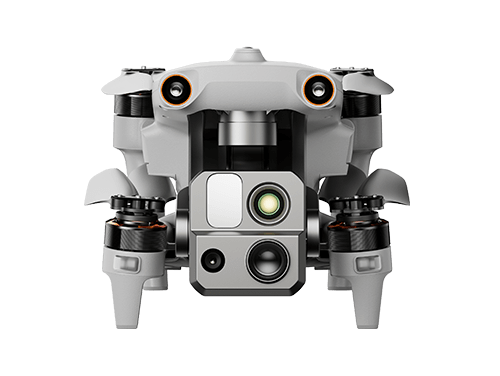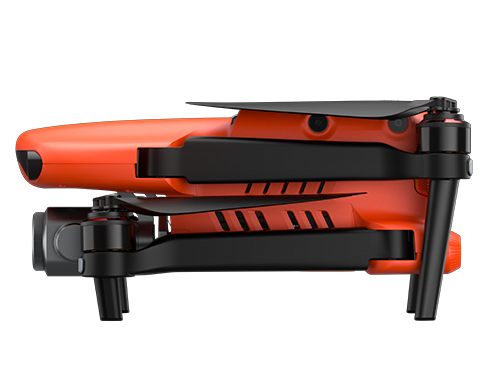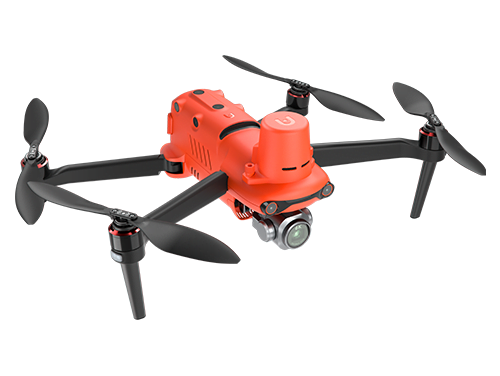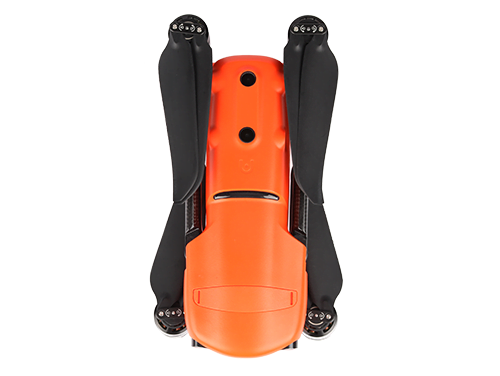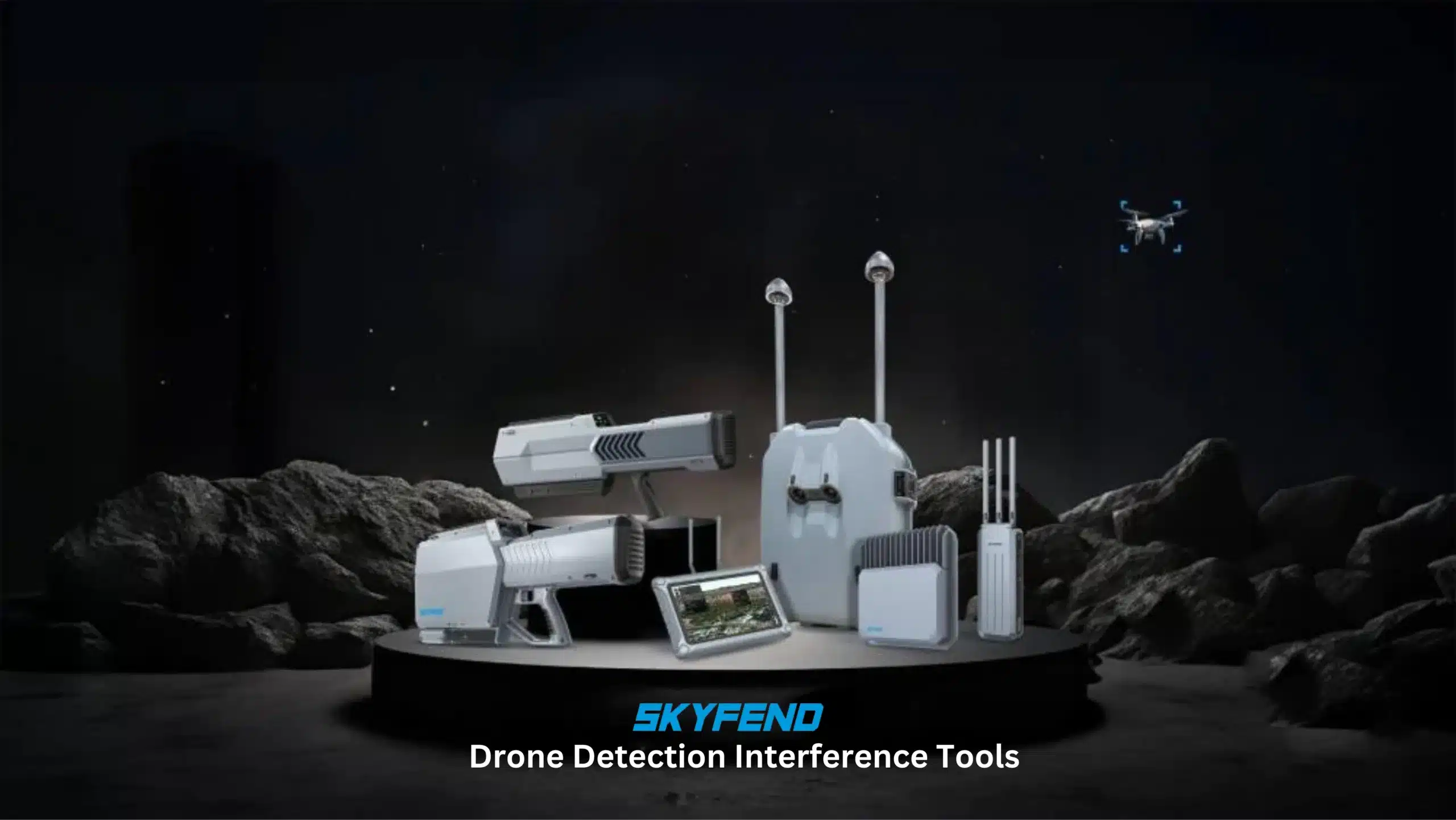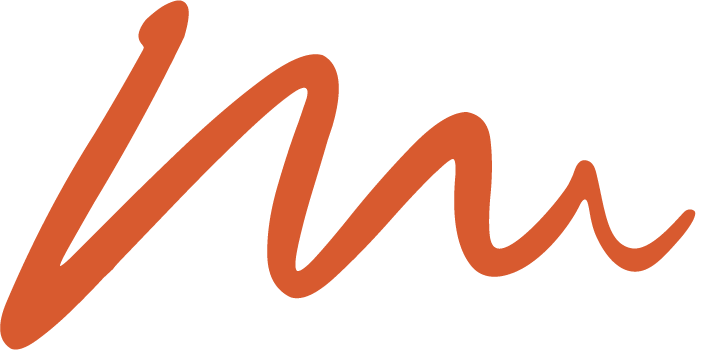Security & Surveillance
Frequently Asked Questions
Most frequent questions and answers about Security & Surveillance
Drones can fly completely autonomously and have the capability of using the ‘Nest’ Solutions to charge by themselves, meaning that there is no need for human interaction on site.
Absolutely, with Autel’s latest ‘Mesh’ system you can fly multiple drones at the same time.
Depending on the drone you are looking at, the flight times vary between 40 minutes and 180 minutes.
Yes, the EVO max series has built in capabilities to track and identify a person or object.
In law enforcement, drones are used for various tasks such as traffic monitoring, crime scene analysis, search and rescue operations, and crowd control. They provide a bird’s eye view, aiding in strategic planning and situational awareness for public safety officials.
Yes, drones can be effectively used for night-time surveillance. Many are equipped with night vision cameras and thermal imaging capabilities, allowing them to detect activities and movements that are otherwise invisible in low-light conditions.
Operating surveillance drones often requires specialized training, particularly for law enforcement or sensitive security missions. Operators need to understand drone navigation, camera operation, data interpretation, and be aware of legal and ethical considerations.

